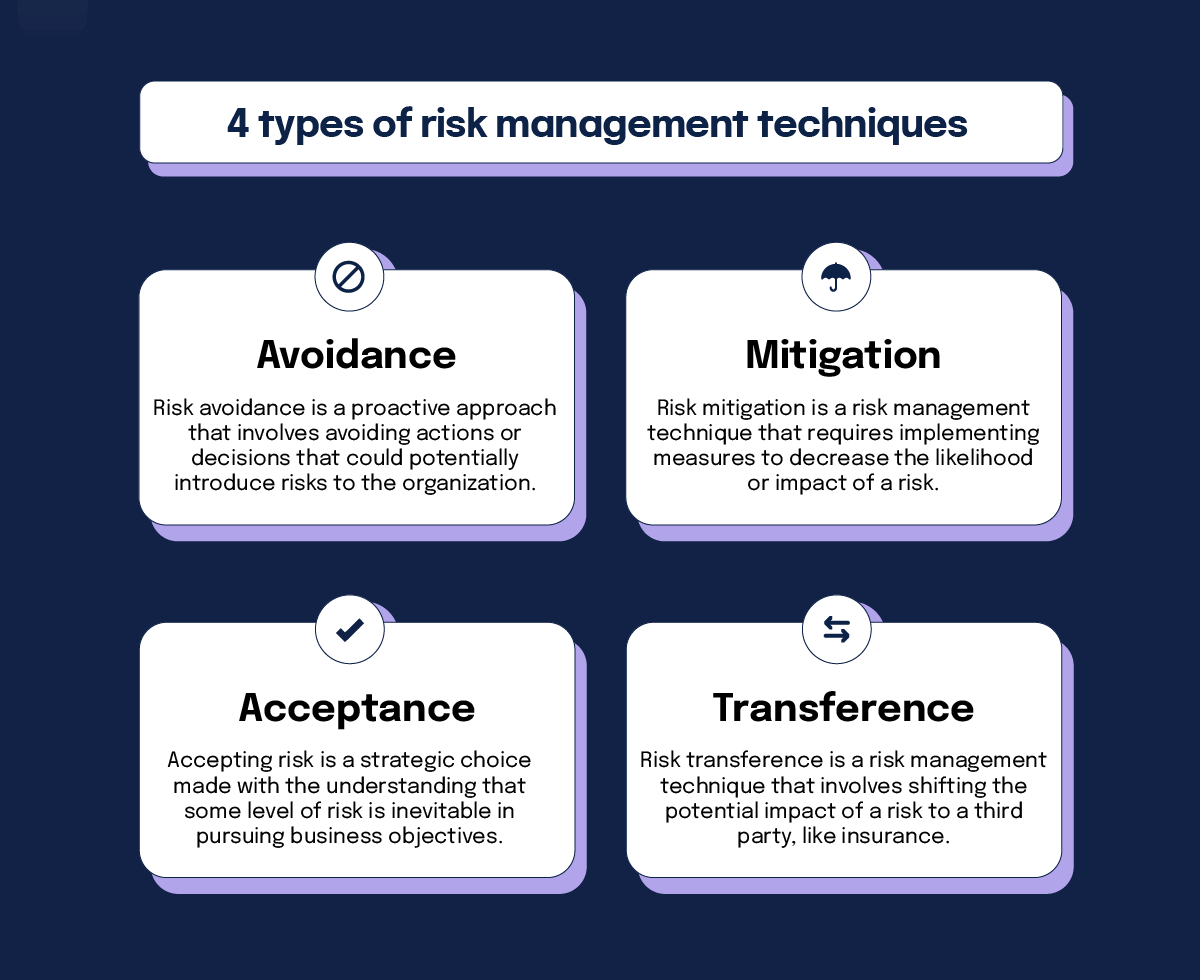Plotting a Course for Success
In the unpredictable world of business, navigating risks is an essential part of ensuring success. From economic downturns to unexpected regulatory changes, there are countless obstacles that can derail even the most well-laid plans. However, with the right strategies in place, businesses can chart a course for success that will help them weather any storm.
One of the first steps in plotting a course for success is to conduct a thorough risk assessment. This involves identifying potential risks that could impact the business, such as market volatility, supply chain disruptions, or cybersecurity threats. By understanding these risks, businesses can develop proactive strategies to mitigate them and protect their bottom line.
Once risks have been identified, businesses can begin developing strategies to manage them effectively. This may involve implementing redundancies in critical systems, diversifying suppliers, or investing in cybersecurity measures to protect against data breaches. By taking a proactive approach to risk management, businesses can reduce the likelihood of potential threats derailing their success.
In addition to mitigating risks, businesses can also take steps to capitalize on opportunities that arise. This may involve expanding into new markets, launching innovative products or services, or forging strategic partnerships with other businesses. By staying agile and adaptable, businesses can position themselves to take advantage of new opportunities as they arise, helping to drive growth and success.

Image Source: hyperproof.io
Another key aspect of plotting a course for success is staying informed and up-to-date on industry trends and market conditions. By staying abreast of developments in the business landscape, businesses can anticipate potential risks and opportunities, allowing them to adjust their strategies accordingly. This may involve attending industry conferences, networking with other professionals, or conducting market research to gain insights into emerging trends.
Finally, communication is essential in navigating business risks and charting a course for success. By fostering open and transparent communication both within the organization and with external stakeholders, businesses can ensure that everyone is on the same page regarding potential risks and opportunities. This can help to foster a culture of collaboration and innovation, enabling businesses to adapt quickly to changing circumstances and drive success.
In conclusion, plotting a course for success in the world of business is no easy feat, but with the right strategies in place, businesses can navigate risks effectively and position themselves for growth and success. By conducting thorough risk assessments, developing proactive risk management strategies, capitalizing on opportunities, staying informed on industry trends, and fostering open communication, businesses can chart a course that will lead them to success.
Steering Clear of Business Hazards
Navigating the world of business can be a treacherous journey, filled with potential hazards and pitfalls that can derail even the most well-laid plans. From economic downturns to sudden shifts in consumer preferences, there are countless risks that entrepreneurs must be prepared to face. However, by taking a proactive approach and implementing practical strategies for success, businesses can steer clear of these hazards and emerge stronger than ever.
One of the key dangers that businesses face is financial risk. Whether it’s overspending, mismanaging cash flow, or failing to secure adequate funding, financial missteps can spell disaster for a company. To steer clear of these hazards, it’s essential for entrepreneurs to create a detailed budget, closely monitor expenses, and have a solid financial plan in place. By staying on top of their finances and making informed decisions, businesses can avoid the pitfalls of financial risk and ensure long-term stability.
Another common hazard for businesses is market risk. From changes in competition to shifts in consumer behavior, the business landscape is constantly evolving, and companies must be prepared to adapt. To navigate these risks successfully, businesses should conduct regular market research, stay informed about industry trends, and be willing to pivot their strategies as needed. By staying agile and responsive to changes in the market, businesses can avoid getting left behind and maintain a competitive edge.
Legal risk is another hazard that businesses must be mindful of. From compliance issues to lawsuits, legal challenges can have serious consequences for a company. To mitigate this risk, businesses should work with legal professionals to ensure that they are in compliance with all relevant regulations and have appropriate safeguards in place. By proactively addressing legal risks, businesses can protect themselves from costly litigation and reputational damage.
Operational risk is yet another hazard that businesses must contend with. From equipment failure to supply chain disruptions, there are countless factors that can impact a company’s day-to-day operations. To minimize operational risk, businesses should have contingency plans in place, regularly assess their operational processes, and invest in preventative maintenance. By taking a proactive approach to operational risk management, businesses can ensure that they are prepared for any eventuality and can continue to operate smoothly.
In addition to these specific risks, businesses must also be mindful of overarching challenges such as cybersecurity threats, reputational risk, and strategic risk. By staying informed about these hazards and implementing appropriate risk management strategies, businesses can protect themselves from potential harm and position themselves for long-term success.
In conclusion, navigating business risks requires a combination of foresight, planning, and agility. By staying proactive, informed, and adaptable, businesses can steer clear of hazards and chart a course for success. By implementing practical strategies for success and remaining vigilant in the face of potential risks, businesses can weather any storm and emerge stronger on the other side.
Strategies for Managing Business Risk